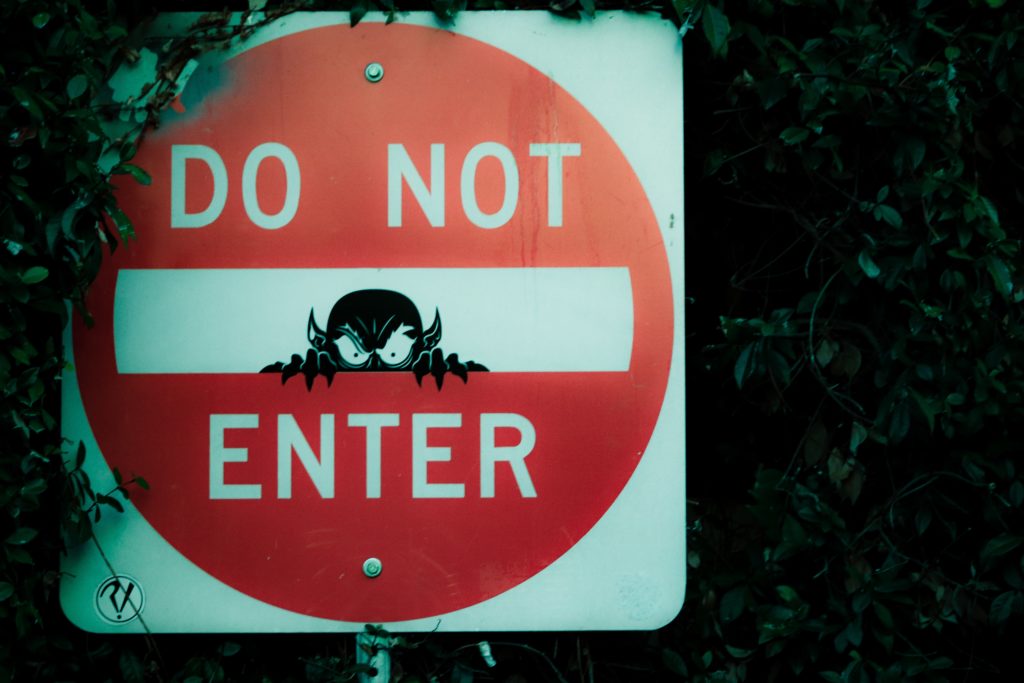…when you don’t know what’s broken.
SEO has two personalities.
1. The free clicks personality. It draws everyone in with the desire of receiving free clicks.
Pay Per Click (PPC) can feel like an endless money pit, each year it seems to get more expensive as your competitors inject more budget into their campaigns. The only way you feel you can keep up, is to spend more!
So in contrast, SEO offers the possibility of clicks through to your website for free! Sounds amazing, bring me my free clicks, where do I sign up?
That brings me onto personality two.
2. The complex multi-layered personality. This side is dark, hidden, doesn’t always play by the rules and therefore both clients and agencies can really fall out with SEO.
With PPC, you know where you are. It may cost you money but you will see clicks in return, you will see sales, and when managed well you can make a strong ROI.
With SEO, you may spend months fixing website issues, writing and producing fancy content and in return, you get nothing.
So how do you fix your SEO?
NOTE: You can’t fix something when you don’t know what is broken. It is like going to the doctors and asking them to cure you when you have not told them your pain or symptoms. They need to diagnose you first, in order to prescribe a remedy.
SEO is the same, you need to understand what the problems are before you can address them.
This stage is crucial, yet it is often sold in as an SEO audit, free assessment, website review, etc.. Finding out the issues is much more complex than simply running a website through a couple of SEO tools. First, you need to really understand what is going on.
Let’s take an example:
You are seeing a drop in traffic year on year of over 50% from organic search in your Google Analytics account.
One of three things normally happens:
- Firstly, panic, “how can we be down 50% in organic traffic to the website?!!!!!”
- Secondly, brief analysis, “it seems that all channels are down in traffic, therefore…”
- Thirdly, excuses, “it must be Covid, or Brexit, the time of year, or the weather”
These are all perfectly normal responses. However, what rarely happens is questioning where exactly the traffic has been lost and if that 50% traffic was “good” or “bad” traffic?

Good Traffic meaning – it was of a certain quality, the visitors were staying on the website due to interest, they were engaging or committing to something such as watching a video, completing a form or an online chat. They came from the countries you trade with or market to, keyword searches were related to your business offering and visited the pages which were relevant.
= Could become a customer, either now or at some point in the future.

Bad Traffic meaning – they were robots, spam, visiting old pages that no longer exist, from countries of no relevance, from totally irrelevant keywords, spending no time on site, and possibly include your entire workforce visiting the website on a regular basis to check pricing, find contact numbers or make changes to the website.
= Will never become a customer or influencer, and are not relevant in any way
Therefore, what impact has that 50% decrease had to enquiries, quality of visitors, sales and the business?
These are not easy questions to answer. It takes time, research, expertise and experience to identify these things. Some of these answers may be very difficult to find, they may also lead to other problems such as inadequate analytics set up or limited reporting.
Looking back to the second personality, the complex multi-layered personality, we know that there is not a simple answer when questioning what is broken. There are multiple answers and within those, multiple ways to try and address the problems.
Some dimensions to look at and help you get started might be:
- Location
- Device
- Channel
- Source
- Day
- Week
- Month
- Time
- Returning
- Top pages last year
- Top pages this year
- Priority pages
Then analyse all the above by the following and compare:
- Sessions
- Returning visitors
- New visitors
- Bounce rate
- Time on page
- Session time
- Events
- Goals
- Conversion rate
Don’t just compare year on year, try year on year on year on year – see if there are any patterns, e.g. was last year over-inflated compared to this year and the previous?
Look at monthly and weekly performance prior to and after the decline in traffic. Have the numbers recovered?
Then, get specific to SEO. Review all the metrics, comparisons, dimensions above by organic search.
Next, get even more specific, look at comparing Google Analytics data with Google Search Console. Then compare and review SEMRush, Moz, Search Metrics, ahrefs, Majestic SEO, plus all the other SEO tool options out there right now. Look at crawl errors, keyword rankings, internal and external links, anchor text, page titles, content, relevance, user experience, competitors. The list goes on.
So when you are looking for an SEO agency or partner to help you “fix your SEO”, don’t get duped into a cheap SEO audit or a generic free tool which will churn out a non-specific, generalised report. Understand what you are looking for, why you are looking for it and then identify where you need help in order to understand how to find the answers.
Only then can you “fix your SEO”.
If you have any questions on anything mentioned in this article, or would like to learn more about how Digital Clarity might be able to help your business, get in touch with our team of experts. +44(0)1483 338270







